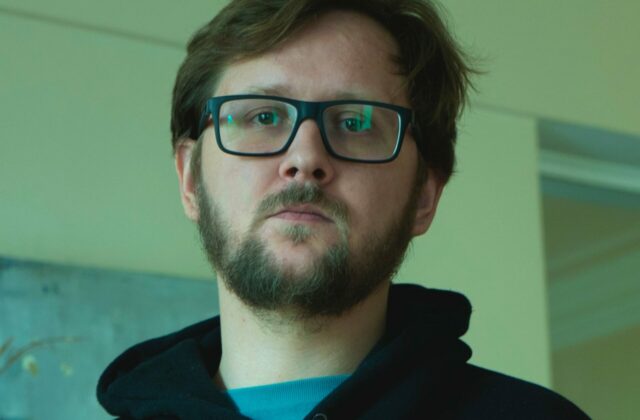Egor Isaev
Safe Haven Fellow

Project title
1993. The Black October
Project description
Between September and October 1993 an internal political conflict unfolded in the Russian Federation between Russian President Boris Yeltsin’s government and opponents led by Vice President Alexander Rutskoi. The result of the confrontation was a violent end to the transitional period’s democracy, followed by armed clashes in the streets of Moscow and subsequent uncoordinated military action, during which at least 157 people died and 384 were wounded. These events marked a critical juncture in Russian history, signifying the rise of an authoritarian turn in the country. The investigation into the events was never completed. As a result, society in Russia still lacks clear answers to a number of key questions about the tragic events that took place.
Egor Isaev aims to delve into the historical significance and ramifications of this internal political conflict. He seeks to shed light on the causes and consequences of the Moscow events of October 3-4, 1993, commonly referred to as the Shooting of the White House, and analyze its lasting impact on Russian politics over the past three decades. Important not only because of the need to identify the moment when the authoritarian turn in Russia began, but also out of the necessity to draw attention to the phenomenon of an opposition coalition between the extreme right and the radical left against neo-liberal capitalists, which is becoming increasingly relevant today.
Selected publications
Isaev, Egor. 2021. ‘Сinematography’. In All Things Past: Theory and Practice of Public History, edited by A. Zavadski and V. Dubina, 267-284. Moscow: Novoe Izdatel’stvo.
Isaev, Egor. 2020. ‘The Militarization of the Past in Russian Popular Historical Films’. In Ideology after Union. Political Doctrines, Discourses, and Debates in Post-Soviet Societies, edited by A. Etkind and M. Minakov, 237-250. Stuttgart: ibidem.
Isaev, Egor. 2018. ‘Politics of Memory and Cinematography in Modern Russia: the October Revolution and the Civil War’. International Public History 2 (1): 1-4.